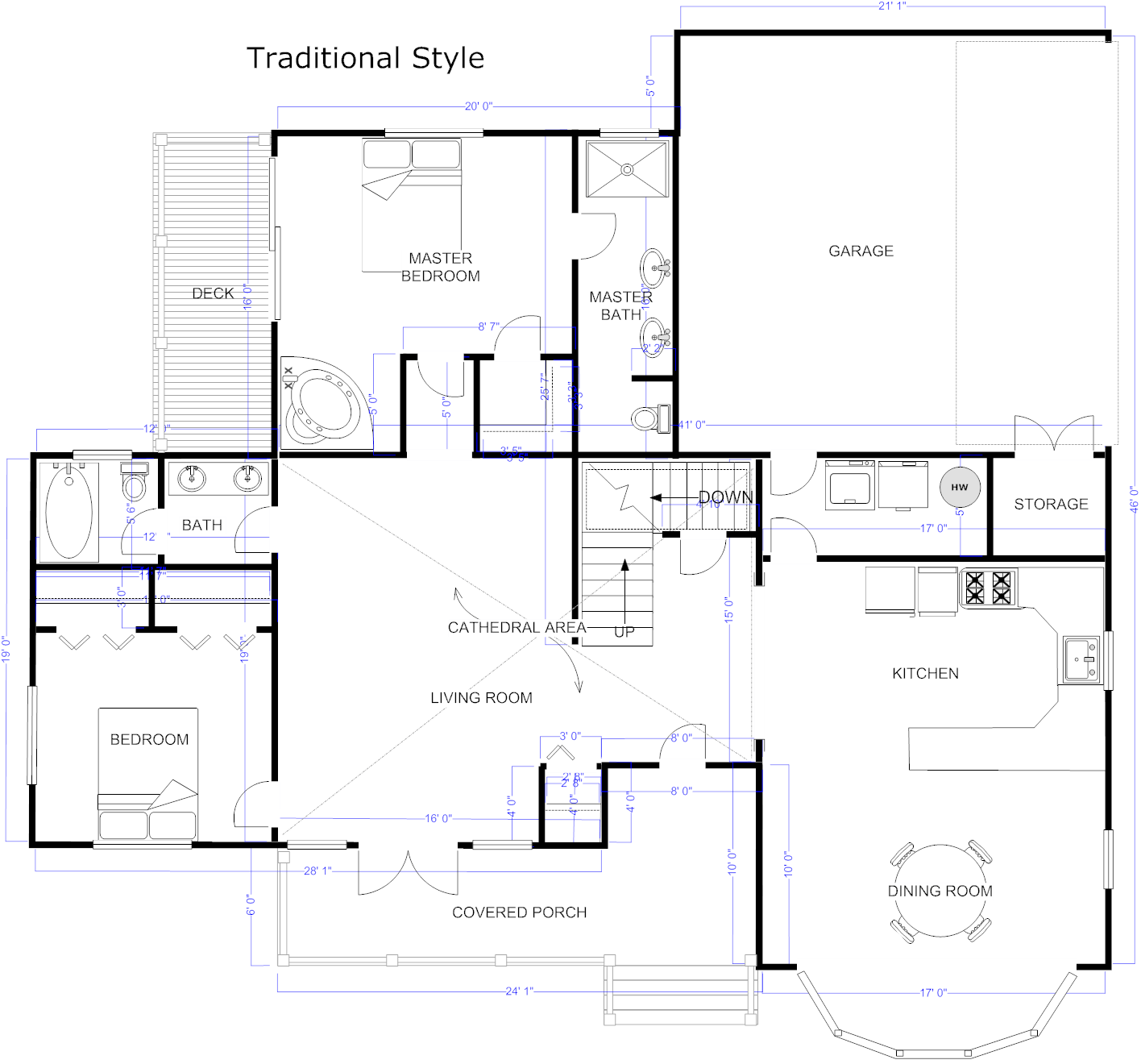A Thorough Summary of Architectural Styles and Their Impact on Modern City Planning and Growth
Building designs have long functioned as a mirror to the societal worths and technological advancements of their time, playing a vital duty in shaping contemporary city planning and growth. From the grandeur of Neoclassicism to the utilitarian strategy of Brutalism, each design has actually introduced unique principles that affect urban visual appeals and performance. As contemporary obstacles occur, including sustainability and area needs, recognizing these historical frameworks becomes essential. The resulting discussion not only notifies future layout techniques but likewise increases significant concerns regarding the equilibrium in between heritage and development in our evolving metropolitan landscapes.
Historical Overview of Architectural Designs
Throughout history, building designs have evolved in response to cultural, technical, and ecological factors. Each period shows the dominating values, beliefs, and innovations of its time, bring about a rich tapestry of style that indicates human creativity and adaptation. The ancient people, such as the Egyptians and Greeks, established fundamental styles that highlighted balance and percentage, serving both useful and visual functions.
As societies transitioned with the Center Ages, Gothic style emerged, defined by its verticality and complex describing, mirroring the spiritual desires of the era. The Renaissance marked a revival of classical ideals, combining art and design in cutting-edge manner ins which influenced succeeding designs throughout Europe.
The Industrial Change introduced new products and building and construction techniques, motivating activities like Modernism, which challenged standard types and welcomed simpleness and functionality. The 20th century saw a diversity of designs, with Postmodernism responding versus the plain minimalism of its predecessor, integrating historic recommendations and diverse components.
Today, building styles proceed to progress, driven by globalization and sustainability concerns, mirroring a vibrant interplay in between heritage and innovation. This historical summary emphasizes the significance of architecture as a mirror of social evolution and as a catalyst for metropolitan growth.
Secret Architectural Styles Explained
The variety of architectural styles shows the myriad impacts that shape our constructed environment, each personifying unique qualities and cultural significances. Secret building styles include Timeless, Gothic, Baroque, Modernism, and Postmodernism, each representing one-of-a-kind historic contexts and visual ideologies.
Timeless design, rooted in old Greece and Rome, emphasizes proportion, proportion, and making use of columns. On the other hand, Gothic style, growing in the center Ages, is identified by sharp arches, ribbed safes, and flying buttresses, developing an angelic top quality in sanctuaries. Baroque architecture, emerging in the 17th century, is noted by magnificence, sophisticated decoration, and a dynamic interaction of light and shadow.

Comprehending these designs provides understanding right into the social stories and technological advancements of their corresponding eras, highlighting just how style serves not equally as a sanctuary, however as a reflection of social worths and desires.
Effect on Urban Planning
In shaping the growth of cities, building styles considerably influence metropolitan planning choices. The selection of building design typically dictates the aesthetics, performance, and total character of urban settings.
Additionally, building styles can impact zoning regulations and land make use of policies. Urban coordinators should think about the prevailing building fads when making areas, making certain that new developments integrate with existing structures. This consideration fosters natural city landscapes and enhances area identification.
The execution of specific building designs can additionally influence socioeconomic factors within a city. High-end contemporary designs might draw in affluent citizens and organizations, leading to gentrification, while more budget friendly housing services could focus on functional and sustainable designs to fit varied populations. Ultimately, the interaction in between architectural styles and metropolitan planning produces vibrant cities that mirror both historic context and contemporary demands, shaping the lived experiences of their occupants.
Sustainability and Modern Design
Architectural designs play a pivotal role in dealing with modern challenges, especially in the world of sustainability. As urban areas increase and ecological concerns intensify, modern-day architecture progressively welcomes lasting design concepts that prioritize energy effectiveness, resource conservation, and minimal ecological effect.
Contemporary architectural activities, such as biophilic design and environment-friendly style, advocate for frameworks that harmonize with their surroundings, using all-natural products and promoting biodiversity - cda architects. These designs frequently incorporate sustainable energy sources, such as solar panels and wind generators, to reduce dependence on fossil gas and reduced carbon impacts
Additionally, the assimilation of advanced innovations, such as wise building systems, boosts energy management, enhancing resource usage while making sure owner comfort. Cutting-edge water monitoring techniques, consisting of rainwater harvesting and greywater recycling, additional add to lasting useful source urban atmospheres.
Significantly, sustainability prolongs beyond environmental concerns; it includes social and financial dimensions. By fostering area health and promoting inclusivity, contemporary building styles align with sustainable growth goals. The evolution of architectural practices continues to form resistant cities that not just fulfill the needs of the present yet additionally secure the future for site generations to come.
Neighborhood Interaction in Design
Neighborhood involvement in design works as an essential bridge between engineers and the populations they offer, guaranteeing that the built environment mirrors the demands and desires of its customers. This collective process invites community participants to add their understandings and preferences, promoting a feeling of ownership and responsibility towards the areas they live in.
Reliable neighborhood involvement employs numerous methods, such as workshops, studies, and public discussion forums, to gather diverse viewpoints (cda architects). These strategies facilitate a two-way discussion, permitting engineers to recognize neighborhood contexts while equipping locals to voice their problems and desires. This inclusivity not only improves the layout quality yet likewise advertises social equity by resolving the one-of-a-kind challenges encountered by marginalized groups

Final Thought
Architectural designs have profoundly affected modern city planning and advancement, showing evolving cultural and technical contexts. As cities proceed to expand and adjust, the ongoing dialogue between architectural heritage and modern-day style principles will certainly stay important in creating comprehensive, dynamic rooms that improve quality of life and advertise social equity.